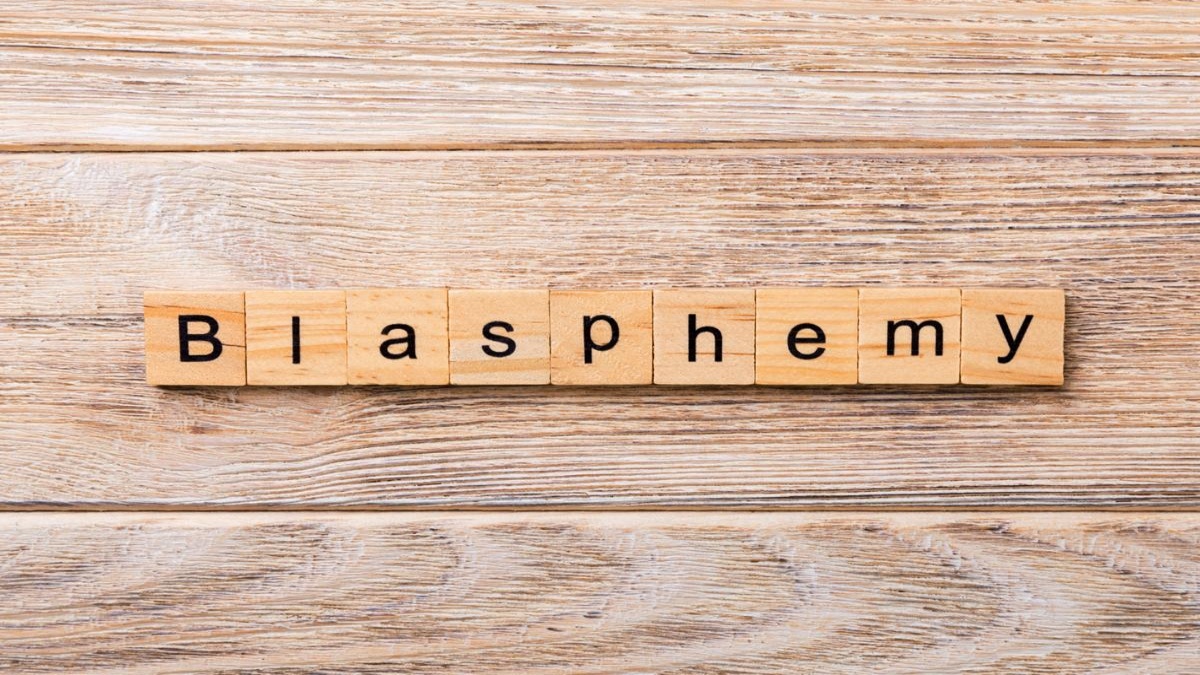In the last piece, I had discussed in brief the nature of Section 295A of the IPC, also known as the Blasphemy provision, based on two judgements of the Supreme Court and one of the Calcutta High Court. While Courts have addressed the issue from the perspective of the law, as they should, it is important for the society to ask itself if such a provision must remain in the statute book regardless of the safeguards inherent in it or read into it by Courts. A brief discussion of the history of the provision might help us understand the larger civilizational dynamics at play.
The provision has its origins in the tumultuous period of the 1920s when indigenous movements in Punjab, most notably spearheaded by the Arya Samaj, had started initiatives to invite those who had been forced by history to abandon the onto-epistemology and theology of their ancestors back into the indigenous fold. Unlike other parts of the world, given that indigenous onto-epistemologies were still alive and kicking in the subcontinent and actively resisted efforts to be colonized by any another system which was at loggerheads with their shared worldview, these efforts at what is crudely referred to as “reconversion” resulted in giving rise to tensions. Such tensions which may be reduced to “religious conflict” or “competitive communalism” in contemporary terms if one chooses to wear the colonial lens.
For all practical purposes, it was a tussle between two ways of life and worldviews whose loci of origin and fealty were different and whose pathology and end goals couldn’t have been more different. Naturally, this led to trading of barbs and insults, which was still acceptable from an indigenous perspective as long as violence was not resorted to. After all, the indigenous perspective believed in calmly putting forth its point of view without feeling compelled to resort to any other means. But the rules of engagement subscribed to by the two worldviews weren’t the same and therefore, the indigenous point of view was at the receiving of the street veto of the other side, thereby proving that it took two sides to maintain peace.
Like most colonial governments which believed that the solution to every problem was in passing a law because “civilized nations” were those which were “governed by laws”, the British Indian Government i.e. the so-called Indian Legislative Assembly, introduced Section 295A through the Criminal Law Amendment Act 1927 citing the inadequacy of Section 153A to directly deal with acts which “insulted religion”. This could give the impression that the demand for such a law was bipartisan and therefore, the intent behind passing the law was neutral and equidistant from both sides. However, the literature surrounding the period and the legislative debates show that the law was brought in primarily to pacify a particular non-indigenous worldview which believed in the concept of blasphemy and whose adherents were ostensibly enjoined by their faith to mete out death to blasphemers, especially those whose fidelity was owed to a different onto-epistemology and theology (OET). In other words, in a colonized indigenous society, a colonial government helmed by the European colonizer passed a law to deter and punish blasphemy to cater to a non-indigenous worldview. Is it possible to state that the intent behind the promulgation of Section 295A was “secular” if it was meant to address specific religious concerns whose moorings were clearly outside the civilizational ambit of the society on which the law was sought to be imposed? The answer perhaps is in the negative notwithstanding the religion-neutral language of the provision.
In any case, has the introduction of the provision reduced instances of “insults to religion”? Far from it, if anything, the introduction of Section 295A has contributed to religious hypersensitivity and has emboldened those who indulge in the business of competitive religious victimhood at the drop of a hat. Critically, the presence of the law has not deterred those who are commanded by the heavens to silence the blasphemer. In effect, this means that the application of the law as well as the exercise of unlawful means to protect non-indigenous positions work to the detriment of the indigenous worldview. Therefore, mirroring the idea of blasphemy as well as the street veto of the other side would be the natural human reaction of indigeneity in order to deal with a loaded dice and to preserve its space and consciousness, especially when viewed in light of the history of the subcontinent.
Whether this translates to a race to the bottom will be decided by time and history, but the larger question that needs to be addressed is, how does one determine the indigeneity of thought? Does this translate to recognition of the concept of terroir of a certain thought i.e. the territory in which a certain position holds sway owing to the nexus between civilization and territory of its origin? Such a question is often erroneously conflated and confused with nexus between ethnicity and territory which, I dare say, is a colonial, superficial and hence skin-deep approach, pun intended. The questions that must engage us are- how is the nexus between a thought and territory established? Is it through conquest or conversion or does it need to be more organic? Or do all three modes have a role to play in carving out a territory or a sphere of influence for a certain worldview? I will explore these issues in the next piece.
J. Sai Deepak is an Advocate practising as an arguing counsel before the Supreme Court of India and the High Court of Delhi.







